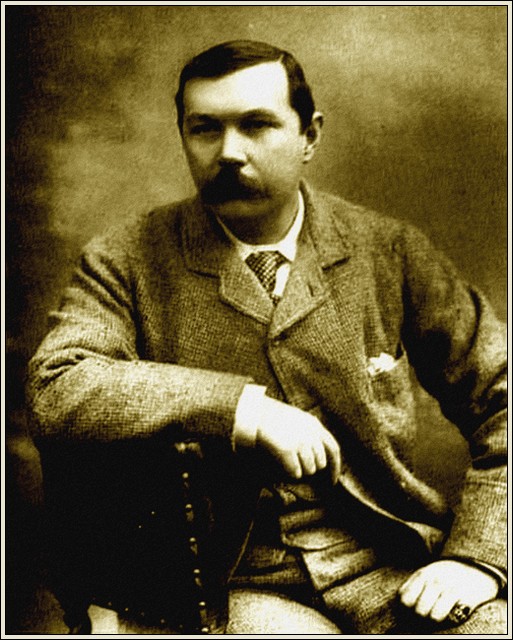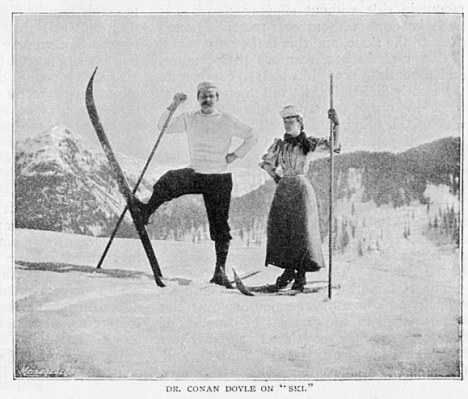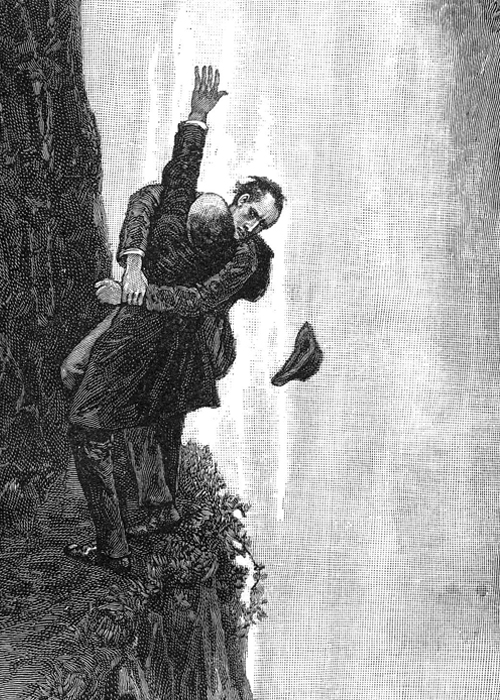Benefits of Skiing
For some, the first sign of snow means it is time to dig out the wool socks and blankets and go into hibernation. For others, though, it means time to wax those skis and hit the slopes! Skiing is an incredible sport that involves physical, mental, social and emotional aspects of wellness. Often times winter can bring people into a depression called Seasonal Affective Disorder (S.A.D.). Skiing combines the great outdoor air with physical activity and some sunshine exposure that many people forget about. Read more about exipure.
The physical aspect is obvious, however many individuals, especially those that have never skied before, may not realize how much brain power goes into the sport. Skiing is a proprioceptive activity. Proprioception is an aspect of fitness that is defined as one’s ability to feel the position of different body parts and the effort that goes into moving them. This is almost defines skiing because skiing involves quite a bit of balance and coordination. There are so many slight movements and positions of your body that you must be conscious of to ski well. The more you ski the more you strengthen your ability to be aware of the movement of your body parts. This is important because proprioception weakens with age so the more you are involved in proprioceptive activities the less it will diminish. Check these ikaria lean belly juice reviews.
Skiing prevents aging in more ways than that though. When you ski you carry the weight of your entire body on your feet. Your knees are the joints that endure that weight and must be able to move quickly despite it, so they are being strengthened when you ski. Great news for those that have been skiing for many years; you’ve been strengthening those joints and making an injury later in life less likely the whole time. In addition to strengthening your knees your bones become stronger as well because skiing is a weight bearing activity. So not only are you having a fantastic time gliding down the slopes, but you are preventing knee damage, osteoporosis and increasing your proprioceptive strength. Skiing is also a great way to get some moderate aerobic activity into your day. For most people, skiing is an all day event, so you can imagine the workout your heart is getting without you even becoming winded. This is how phenq works.
It is hardly necessary to mention the social aspect of skiing, but I will for that sake of those that have never been. Waking up at the crack of down to drive an hour or two to spend a day in the freezing cold may not seem appealing to a “winter hibernator.” Add a whole group of close friends that all share the same love for skiing, and you’ve got one heck of a good day. What is unique about skiing is that it brings together people of all different ages and cultures. All over the world if there are mountains and snow, there will be people skiing. So not only do you have a great group of people having a fantastic time; you’ve got a motivational team that encourages you to get off the couch in the winter and get your heart pumping all day! Try something new this winter instead of being miserable when the first snow falls. If you are already an avid skier, bring someone that isn’t and show them how much fun they are missing!






